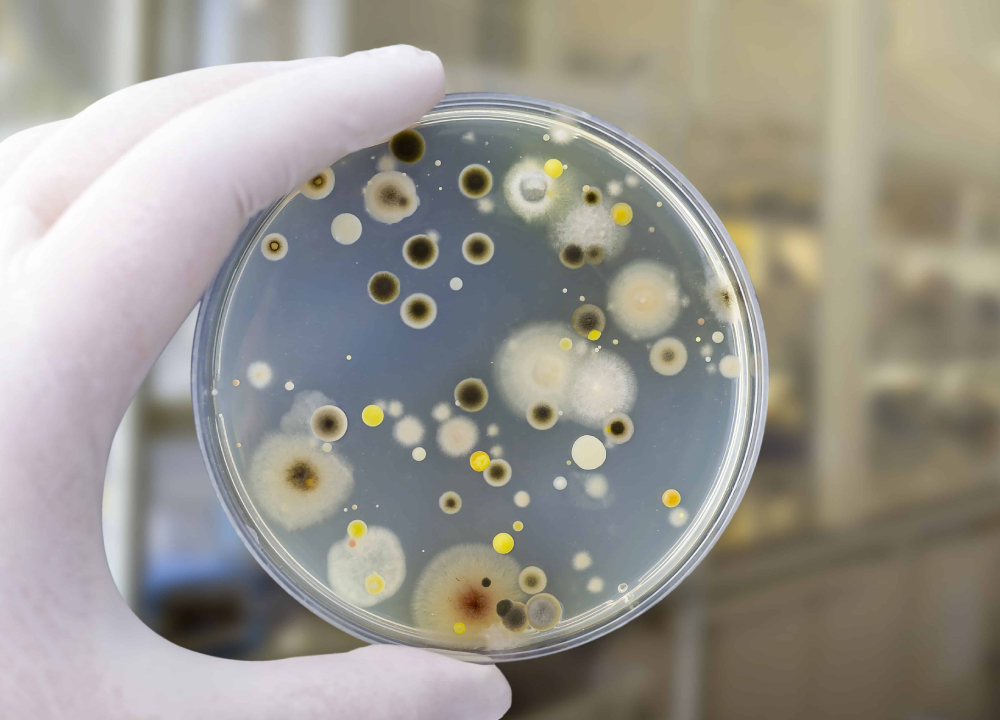Uninvited Guest After the Storm: How Water Damage Breeds Mold

Water damage can cause significant distress, yet the issues often extend beyond the surface. Mold, a fast-growing fungus, can easily take root in damp environments, posing a significant health risk to your home and family. Beyond the initial repairs, there is the potential for a hidden danger to lurk: mold. Mold spores are always present in the air, but they require moisture to grow. A water leak or flood creates the perfect environment for mold to take root, putting your home and health at risk. Understanding why mold thrives after water damage is crucial for taking preventative measures and ensuring a safe living environment. Why Does Mold Grow After Water Damage? Mold spores are present almost everywhere, indoors and outdoors. However, they require moisture to germinate and grow. Water damage creates the perfect breeding ground for mold spores, providing them with the necessary moisture to flourish. Here's a closer look at the factors that contribute to mold growth after wate...
